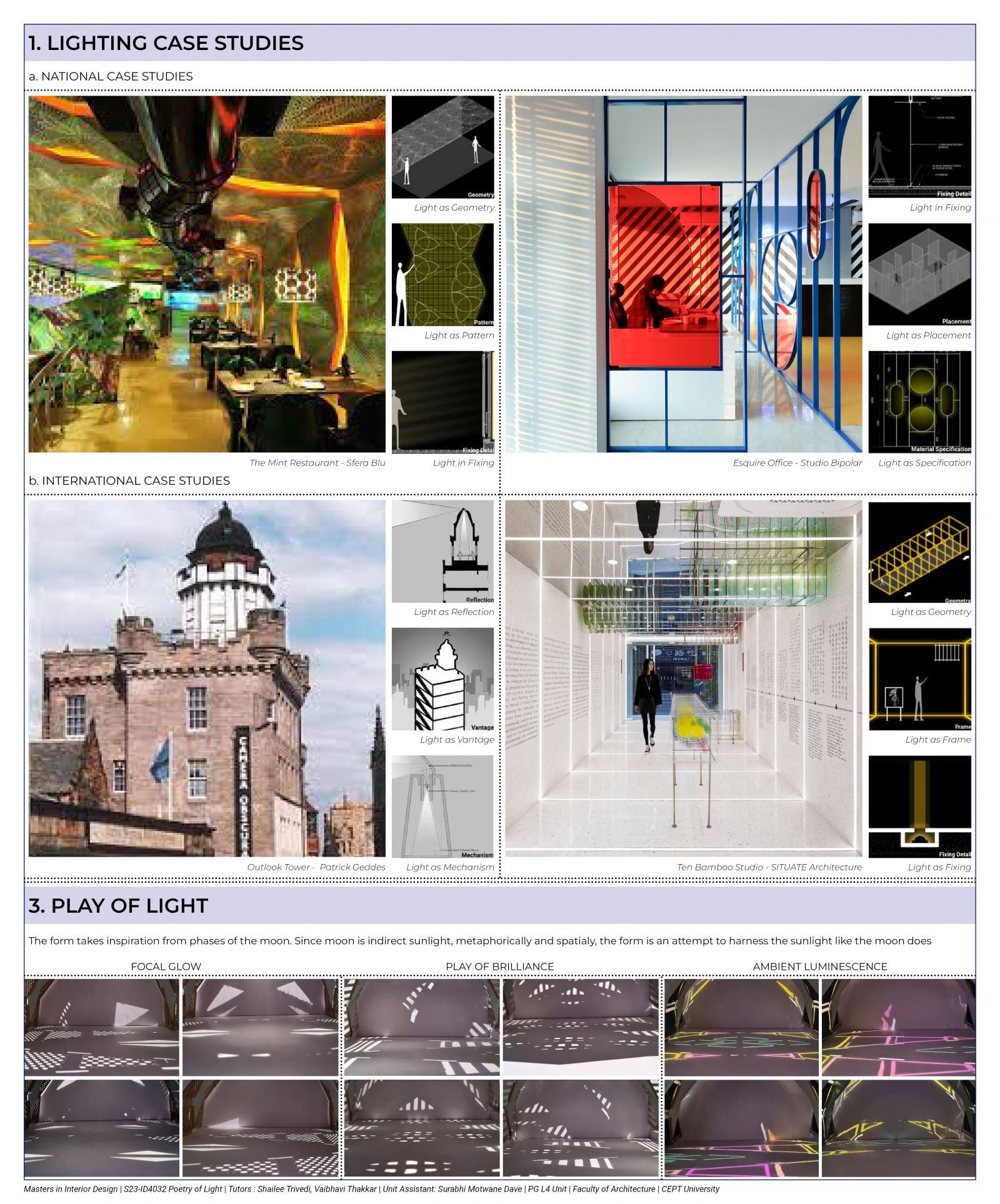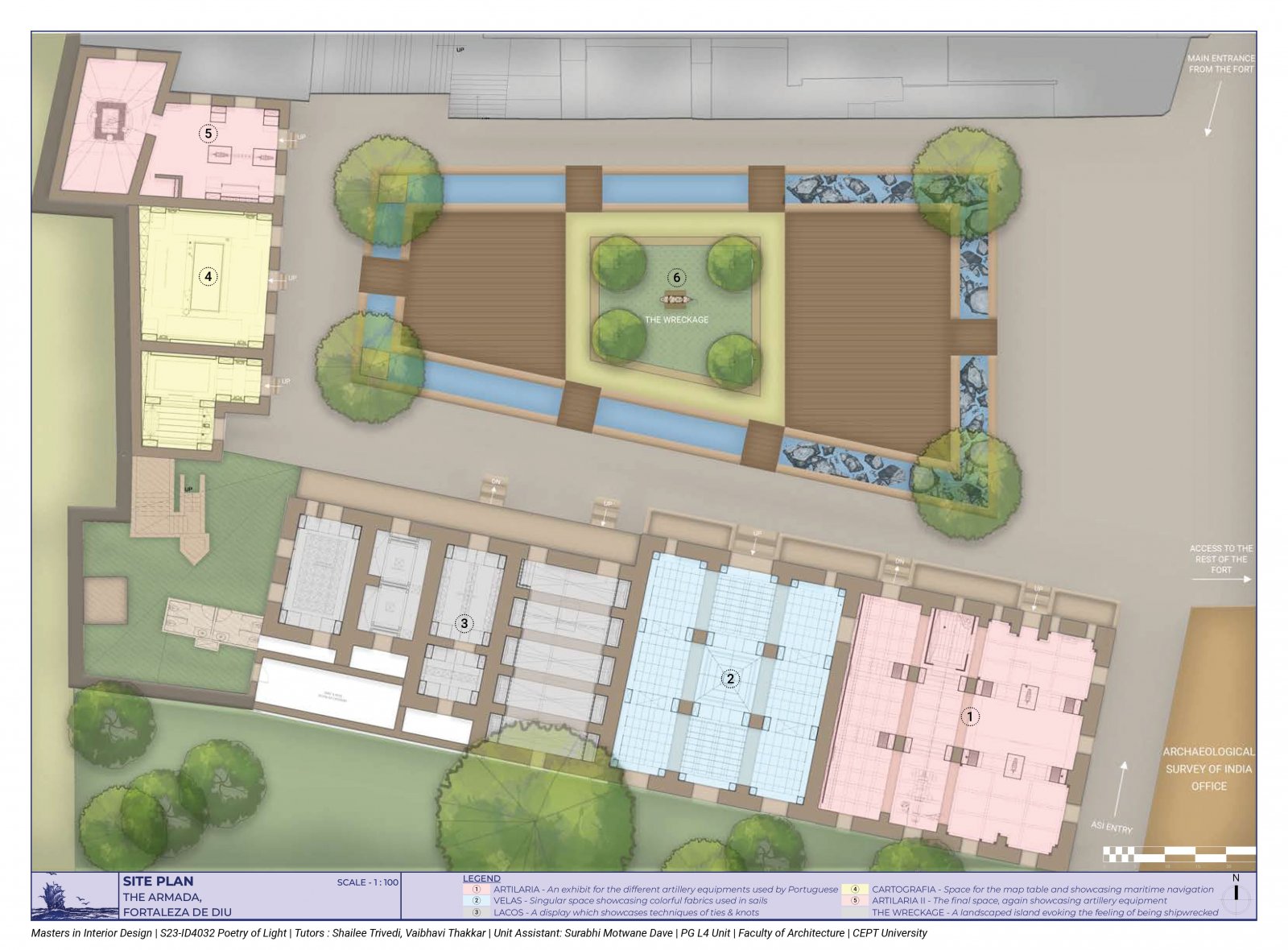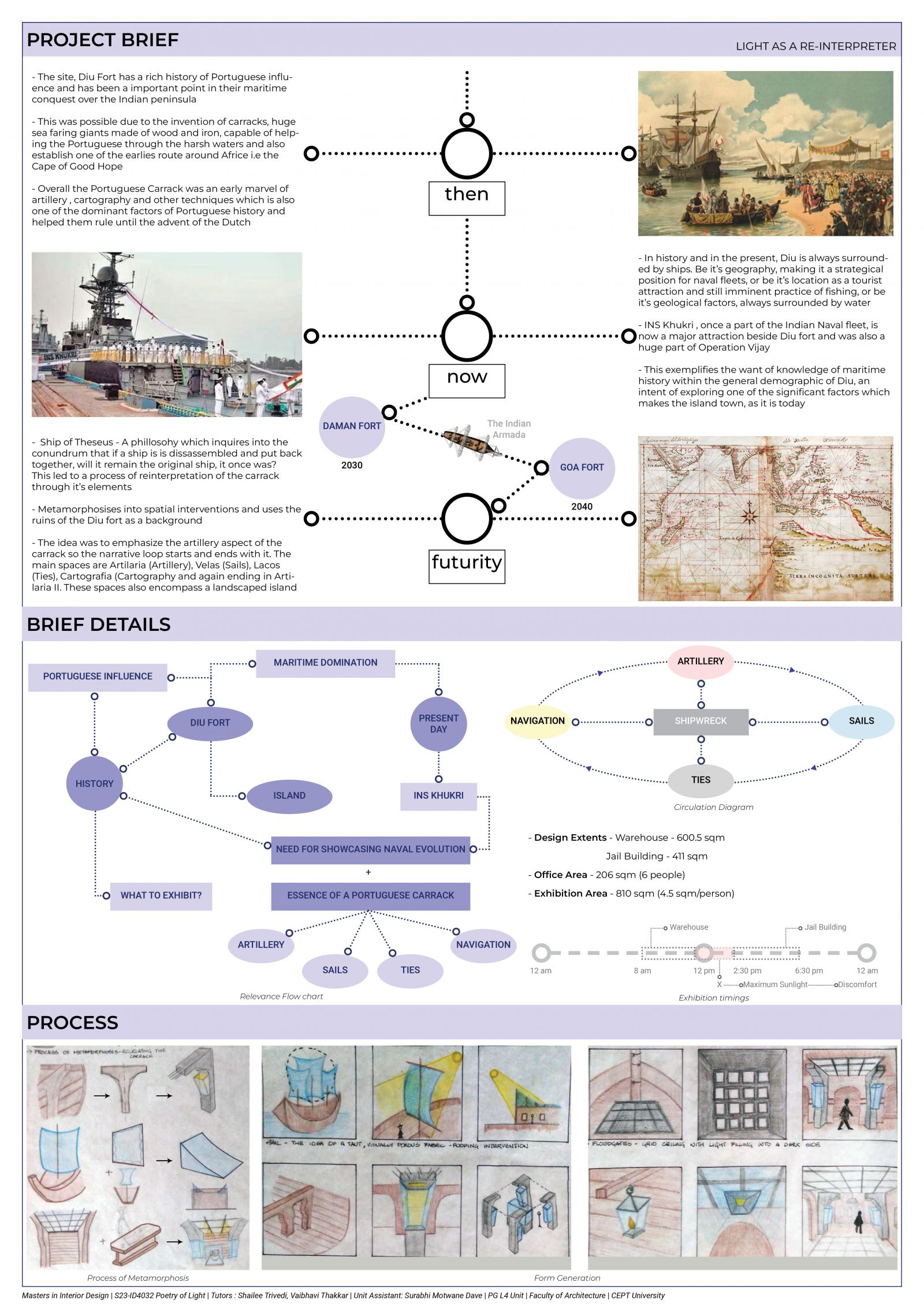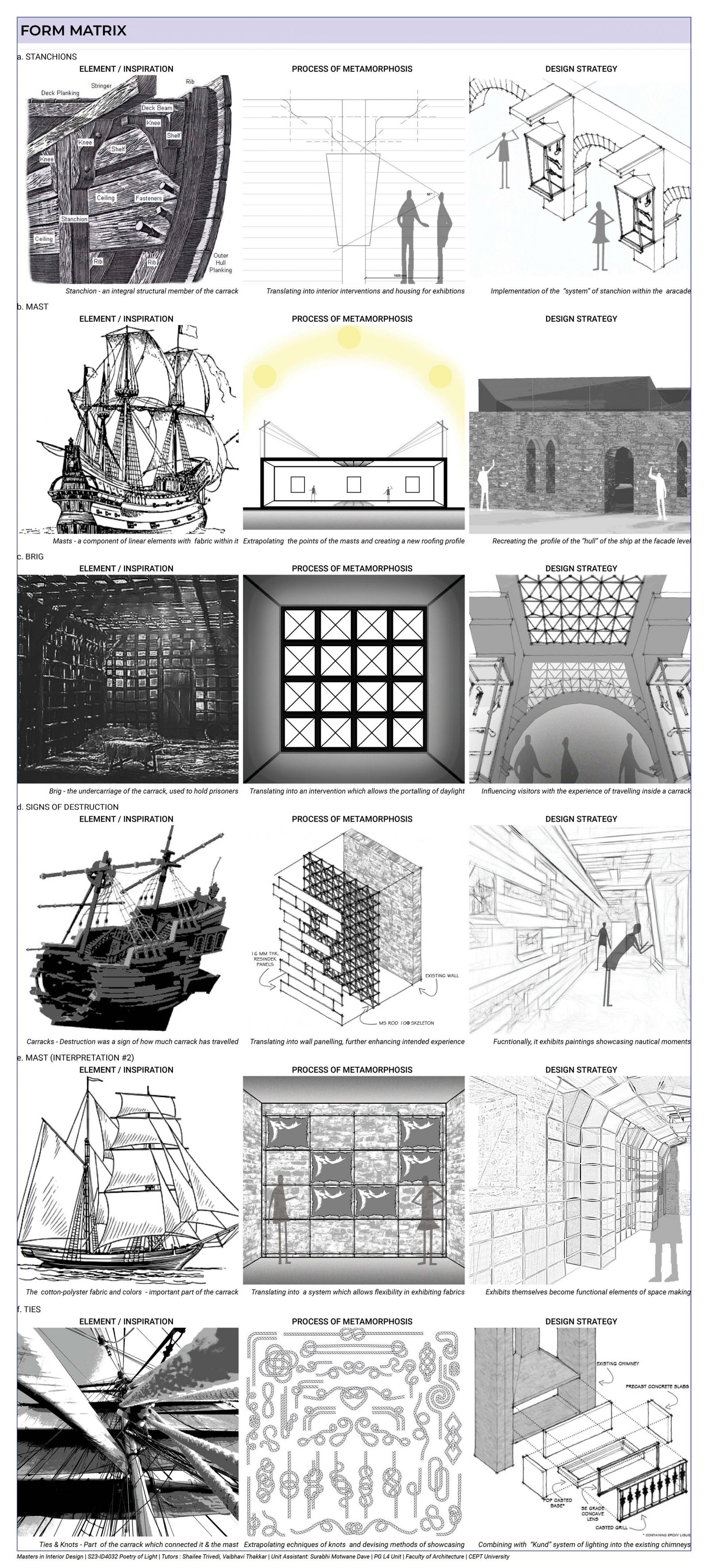Your browser is out-of-date!
For a richer surfing experience on our website, please update your browser. Update my browser now!
For a richer surfing experience on our website, please update your browser. Update my browser now!
Diu Fort, Portuguese, Island, and Water, all these elements have one thing in common, and that is the Portuguese carrack. Due to these carracks, the Portuguese were able to establish their rule over the Indian subcontinent. The project is an attempt to link all of these elements and showcase the development of these carracks through an experiential journey set in the Diu Fort. It is a strategy to reinterpret and re-establish an investigative storyline journey set within a strong sense of context and history. The exhibition is split into five parts, namely Artilaria, Velas, Lacos, Cartografia & Artilaria II
View Additional Work








